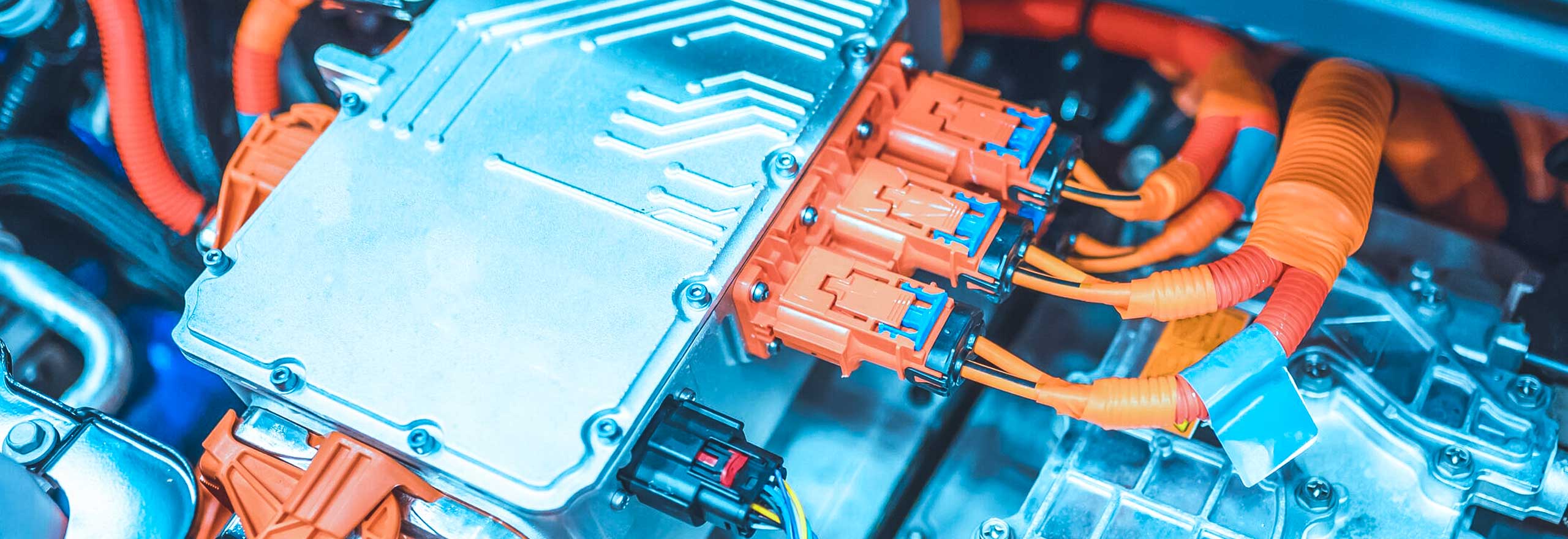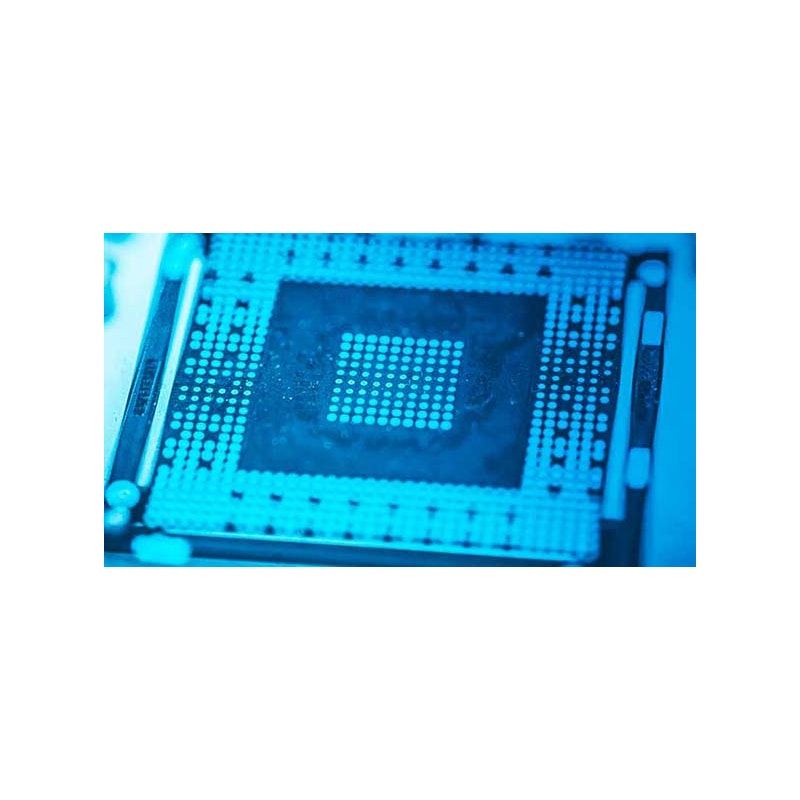Electric vehicle power electronics

Power electronics innovation to fuel electrification
Smart solutions to ensure electric vehicle power electronics effectively manage engagement of critical systems.
Ready to learn how Hexagon's capabilities can empower your business?
The individual components of electric vehicle power electronics, including inverters/converters, sensors and control systems, are responsible for critical functions like the flow of power between the battery and the electric motor, conversion from direct current to alternating current and the regulation of the speed of the electric motor.
Power electronics are particularly important in hybrid electric vehicles that switch between the use of the electric motor and the combustion engine during transit. They are also crucial in managing kinetic energy retention systems and other technologies that improve electric vehicle efficiency.
The addition of power electronics systems to vehicles brings new design and manufacturing challenges. Cooling systems must be optimised to ensure efficient thermal management. To make electronic parts more effective and dependable, it's important to control the quality of semiconductors, printed circuit boards (PCBs) and finished modules.
The need for reliable devices capable of handling high power at high efficiency has led to developments in new semiconductor materials to replace traditional silicon electronics. These devices, which incorporate new materials such as gallium nitride and silicon carbide, offer increased maximum power delivery and efficiency along with reduced size and weight. Materials like these have traditionally been difficult to fabricate due to defects, which can cause in-field failures and low yields in manufacturing.
Hexagon’s smart manufacturing technology is widely used in both the automotive and electronics sectors. Our simulation solutions support manufacturers of electronic components through the design phase from material selection to thermal performance, while our inspection solutions support high sample rates for complex mass production components like PCBs.
-
Dimensional inspection
-
eMobility
Explore capabilities
-
Manufacturing
Design and engineering phase
With Hexagon’s innovations in manufacturing technology, users can digitally simulate and optimise product design and engineering to ensure component manufacturability, production productivity and output quality.
Production phase
Maintain a digital thread through production, optimise machine tools, measure environmental variances and prevent downtime with predictive data analyses.
Inspection phase
Automate and digitalise quality measurement with our world-leading metrology hardware and software, creating a bridge between the real and digital worlds.



